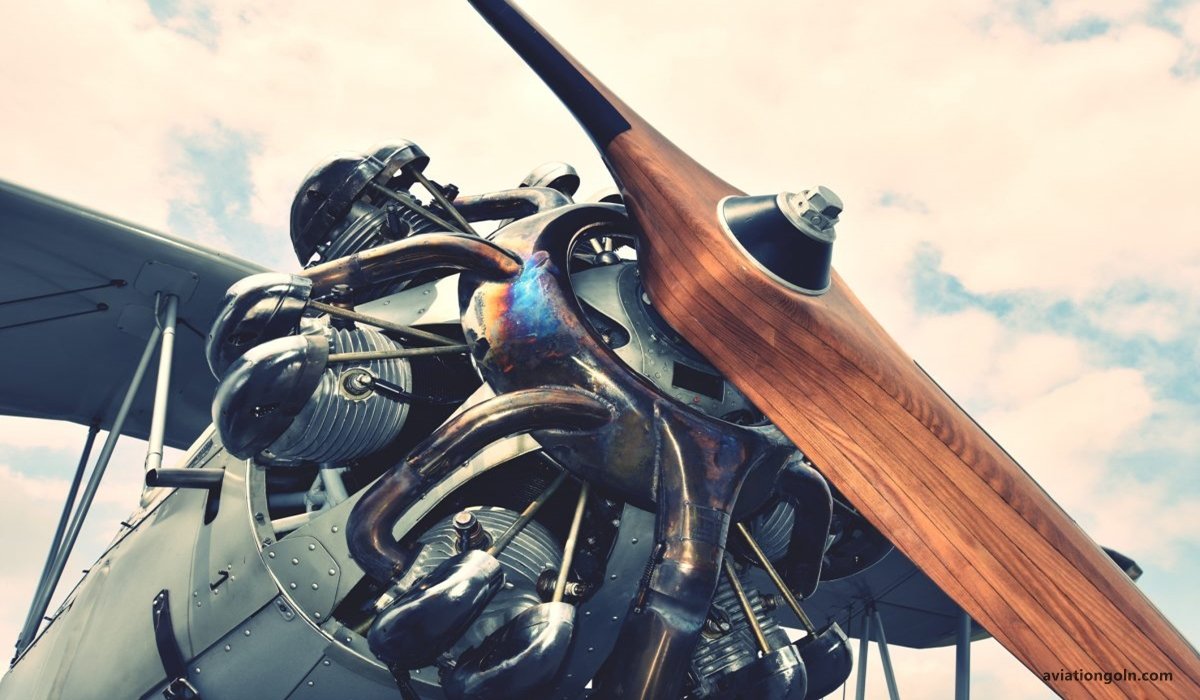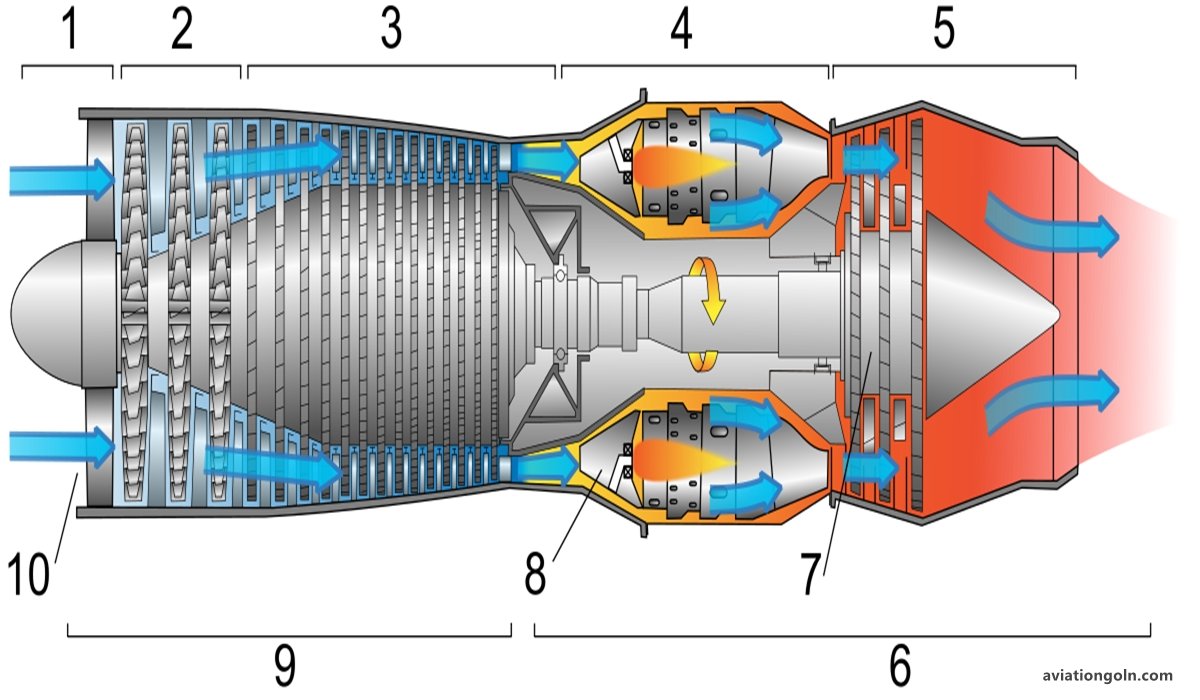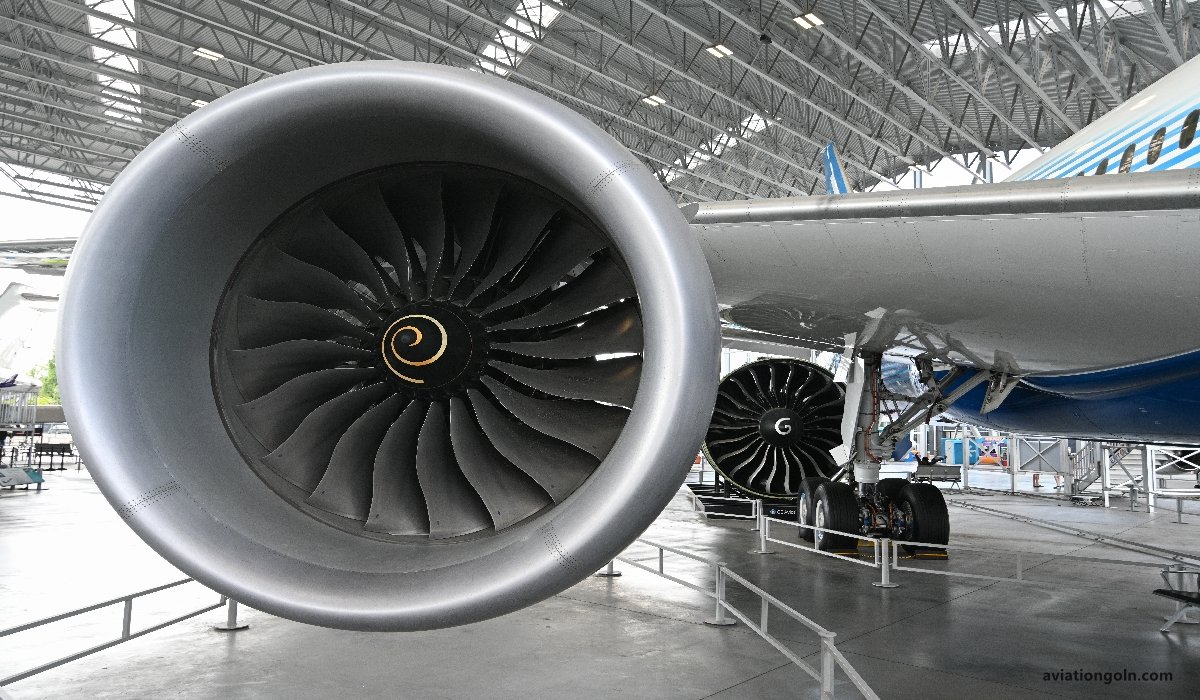Jet Propulsion Systems: The history and advancement of aviation have been closely tied to the development of propulsion systems. From the initial propeller-driven planes to the modern jet engines, the quest for speed, efficiency, and reliability has pushed technological boundaries. This article will delve into the fascinating world of jet propulsion systems and their significance in aircraft propulsion.
Jet Propulsion Systems
1. A Brief History of Aircraft Propulsion
Before delving deep into jet propulsion, it’s crucial to understand how aviation propulsion evolved:
- Early Days: The Wright brothers, credited with the first powered flight, used a simple internal combustion engine with propellers.
- World War Era: The need for speed and altitude in warfare escalated research. Still, most warplanes used piston engines with propellers.
- Jet Age Begins: In the late 1930s and early 1940s, the world witnessed the birth of jet propulsion, with both Germany and the UK developing early jet engines.

2. Basic Principles of Jet Propulsion
Newton’s Third Law is the fundamental principle behind jet propulsion. It states that every action has an equal and opposite reaction. In the context of jet engines, when air and fuel are mixed and burned, and the resultant hot gases are expelled backward at high speeds, an equal and opposite force (thrust) propels the aircraft forward.

3. Main Types of Jet Engines
There are several types of jet engines, each with unique characteristics suited to specific applications:
- Turbojet: The basic form of a jet engine. Air is compressed, mixed with fuel, ignited, and then expelled.
- Turbofan: An advancement over the turbojet, it has an additional fan at the front which helps in moving a large volume of air around the core engine (bypass air). This provides additional thrust and increases efficiency.
- Turboprop: A combination of a jet engine and a propeller. The jet engine’s core produces power, a significant part of which drives a propeller, offering a balance between speed and fuel efficiency.

- Turboshaft: Predominantly used in helicopters. The jet engine’s core energy is used to drive rotor blades.
- Ramjet and Scramjet: Engines without moving parts. Ramjets work at subsonic combustion speeds, while scramjets operate at supersonic combustion speeds. They’re efficient at very high speeds but cannot operate at a standstill, making them suitable for specific applications like hypersonic travel and missiles.

4. Components of a Jet Engine
A closer look at a typical turbojet reveals the following critical components:
- Intake: The front part of the engine, is responsible for drawing in the incoming air.
- Compressor: Increases the pressure of the incoming air, preparing it for combustion. Modern engines use multi-stage compressors for efficiency.
- Combustion Chamber: Where the magic happens! The high-pressure air is mixed with fuel and ignited. The burning process massively increases the volume and velocity of the resultant hot gas.
- Turbine: Positioned after the combustion chamber, it extracts energy from the hot gases to drive the compressor and fan.
- Exhaust Nozzle: The hot gases, after turning the turbine, are expelled out, providing the thrust necessary to propel the aircraft.

5. Advancements and Innovations
Jet propulsion systems have seen tremendous advancements:
- Materials: Modern engines use advanced materials like titanium and composite materials, making them lighter and capable of withstanding higher temperatures.
- Fuel Efficiency: Modern turbofans, with high bypass ratios, are significantly more fuel-efficient than older turbojets.
- Noise Reduction: Noise pollution has been a concern with jet engines. Technologies like chevron nozzles and acoustic liners help reduce noise levels.
- Computational Fluid Dynamics (CFD): Modern design heavily relies on CFD for simulating airflow within engines, leading to optimized designs without exhaustive trial and error.

6. Environmental Considerations
With growing environmental concerns:
- Emissions: Jet engines emit CO2, water vapor, and other pollutants. There’s a push to develop engines with reduced emissions.
- Biofuels: Research is ongoing into biofuels that can reduce the carbon footprint of aviation.

7. The Future of Jet Propulsion
The next frontier in jet propulsion includes:
- Electric and Hybrid Propulsion: While purely electric planes might be a while away, hybrid systems, combining jet propulsion with electric systems, are being explored.
- Hypersonic Travel: With scramjets and other innovative engines, the dream of hypersonic travel (speeds greater than Mach 5) might soon be a reality.
Jet propulsion systems have revolutionized air travel, turning what was once a dream into a routine aspect of modern life. From the basic principles of Newton’s laws to the intricate complexities of modern jet engines, the journey of aircraft propulsion has been one of continuous evolution and innovation. As challenges arise, from environmental concerns to the need for faster travel, the world of jet propulsion will undoubtedly rise to meet them, ensuring the skies remain an avenue of endless possibilities.

See more:
